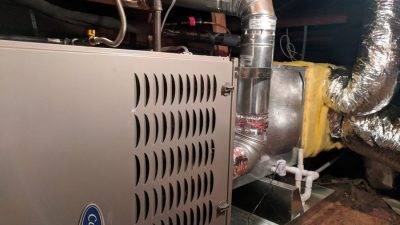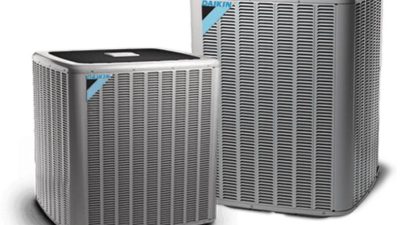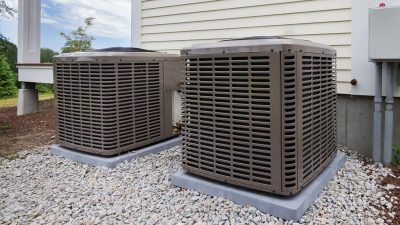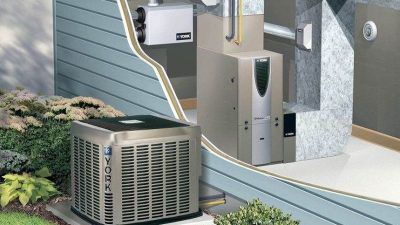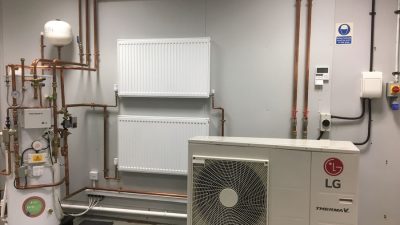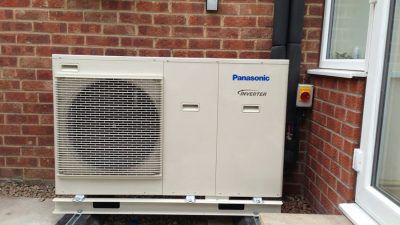Are you looking to upgrade your home with an energy-efficient solution? Installing a heat pump in an existing home is the perfect way to make your home more comfortable and environmentally friendly. A heat pump system provides reliable heating and cooling, all while saving you money on monthly energy bills. Plus, when properly installed in an existing home, it can help reduce your carbon footprint and improve indoor air quality.
In this article, we’ll discuss the steps needed for installing a heat pump system in an existing home. We’ll cover everything from selecting the right system for your space to ensuring proper installation. With our comprehensive guide, you’ll be able to take control of your home’s climate while making sustainable choices that will benefit both you and the environment.
The technology of today makes it easier than ever to be innovative when improving our homes. Installing a heat pump system is a great way to stay ahead of the curve and ensure that you’re making smart decisions about how you use energy in your space. So let’s dive into the details of how to get started with this exciting project!
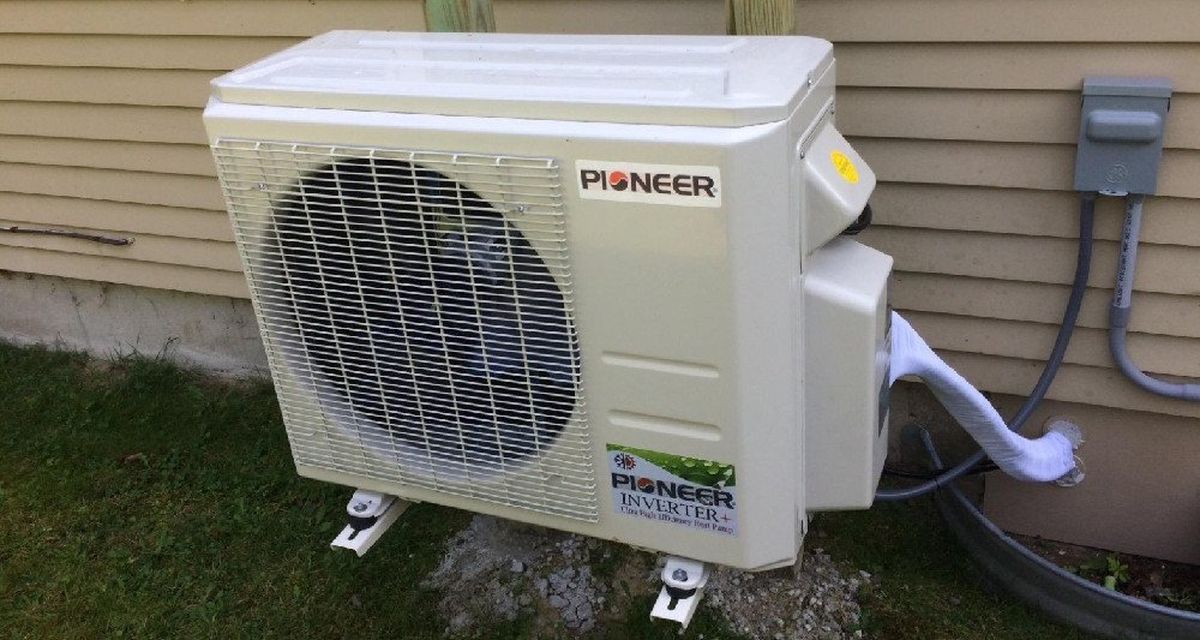
Factors To Consider Before Installation
When installing a heat pump in an existing home, there are several factors to consider. First, the type of heat pump should be determined based on size and energy efficiency. A larger unit may provide more heating and cooling power, but it requires extra space for installation. Additionally, the ductwork requirements must be taken into account to ensure proper ventilation and air circulation.
The temperature differential of the area must also be factored in to determine how much energy will be required to keep the home at a comfortable temperature. This can help you save money on energy bills by selecting a model that is most efficient for your climate and location. Furthermore, you need to make sure that any additional equipment necessary for installation is compatible with the system you choose.
By taking all these considerations into account prior to installation, you can ensure that your new heat pump meets your expectations and provides years of reliable comfort for your home.
Preparing The Home For Installation
Once you’ve taken into consideration the relevant factors for installing a heat pump in an existing home, it’s time to begin preparing for the installation. This pre-installation process involves assessing environmental conditions and making sure that specific requirements are met.
It’s important to take safety precautions when preparing your home for a heat pump installation. It is recommended that you inspect the surrounding area of your home and make sure there is no combustible material nearby. Make sure there is enough space around the unit so that it can be serviced and maintained properly after installation. Additionally, check that the electrical wiring and connections are up to code and able to handle the power requirements of your new heat pump system.
By taking these steps, you will ensure that your existing home setup meets all necessary criteria before you start the installation process. With proper preparation, you can guarantee a successful heat pump installation experience.
Installing The Heat Pump System
Installing a heat pump system in an existing home is no easy task, but it can be done with the right help. It’s important to research your options and find a qualified contractor who can properly install the system for you.
The installation process starts with a consultation with your contractor to determine the best type of heat pump for your home. During this time, they will discuss the cost of installation and explain what needs to be done. Then, they’ll take measurements of your space and create a plan for installing your new system.
Once the plan is set in motion, here’s what you can expect:
- A team of professionals will arrive to install the system according to the agreed-upon plan.
- The contractors will take care to ensure everything is installed correctly and safely.
- They’ll test all components of the system to make sure it functions properly.
- They’ll provide detailed instructions on how to use and maintain your new heat pump system.
- Finally, they’ll clean up all debris from their work area before leaving your home.
With a professional installation, you can rest assured that your heat pump system will work efficiently and reliably for years to come. Having a knowledgeable team by your side also ensures that any problems or issues are addressed quickly and effectively, giving you peace of mind as you enjoy all the benefits of a modern heating solution in your home!
Testing And Adjusting The Heat Pump System
Once the heat pump has been installed in an existing home, it’s time to test and adjust the system. This is where the homeowner can start to see real savings on their energy bills. By testing and adjusting the settings of their heat pump, they can be sure that it is running efficiently and at its peak performance.
Heat pump testing involves inspecting all electrical connections, checking for proper air flow, and making sure all components are functioning properly. It’s also important to adjust the heat pump settings to match the homeowner’s desired temperature. This will help ensure that their home remains comfortable while using minimal energy.
When it comes to troubleshooting any issues with the heat pump, a professional should be consulted as soon as possible. The sooner any problems are identified and addressed, the better chance there is for saving both energy and money on future bills. With a little bit of tweaking and maintenance, homeowners can have peace of mind knowing that their heat pump is running smoothly and efficiently.
Maintenance Requirements
Installing a heat pump in an existing home can be a great way to enjoy efficient, cost-effective heating and cooling. However, it is important to keep up with regular maintenance to ensure your heat pump continues to run optimally. Heat pump maintenance includes inspections, cleaning, servicing, and repairs as needed.
Having a qualified technician inspect your heat pump annually is the best way to ensure it is running efficiently and that any potential problems are identified early on. During the inspection, they will check for any signs of wear or damage and make sure all components are functioning properly. They may also suggest replacing old parts that can reduce performance or cause issues later on. Additionally, having your heat pump cleaned regularly can help it run more efficiently by eliminating dirt and debris buildup.
Servicing your heat pump when needed is also essential for optimal performance. Common services include checking refrigerant levels, testing electrical connections, and cleaning condenser coils. If any repairs are required due to age-related wear and tear or unexpected damage, they should be addressed promptly so that you don’t experience costly breakdowns or longer-term system issues down the road.
Overall, investing in regular maintenance will help you get the most out of your new heat pump and protect you from unnecessary expenses in the future. Taking care of your system now will save you time and money down the line!
Conclusion
In conclusion, installing a heat pump in an existing home requires careful consideration and preparation. You must make sure to choose the right system for your home, considering factors like budget and climate. Once you’ve selected the best system for you, take the necessary steps to prepare your home for installation before calling in a professional. With proper installation and regular maintenance, you can enjoy the benefits of a heat pump for years to come.
I hope this article has been helpful in providing an overview on installing a heat pump. Remember that it’s important to do your research before making any big investments in your home. If you’re unsure about anything, don’t hesitate to contact a professional for advice. That way, you can ensure that your new system is installed safely and correctly.
Good luck with your project! I’m sure it will be worth it when everything is said and done.

